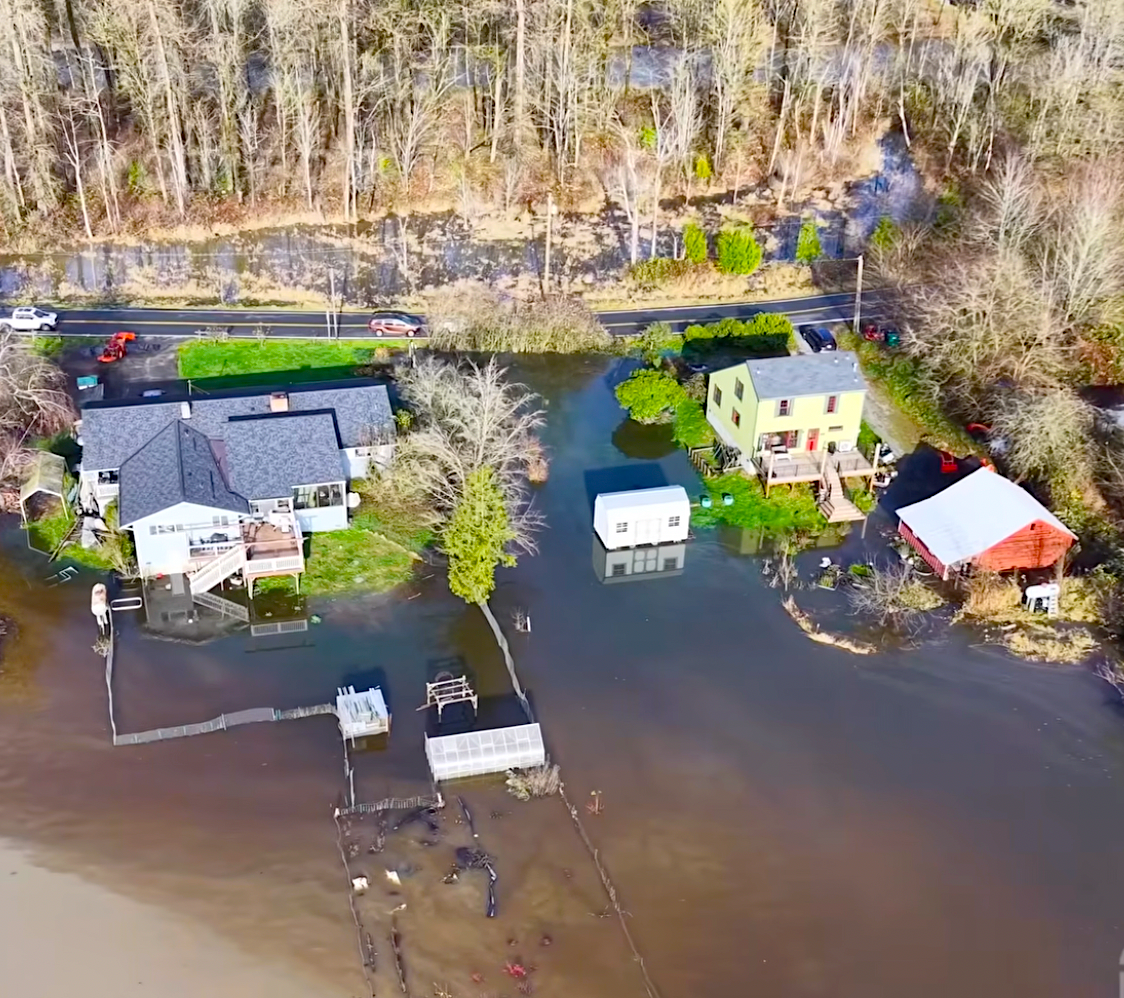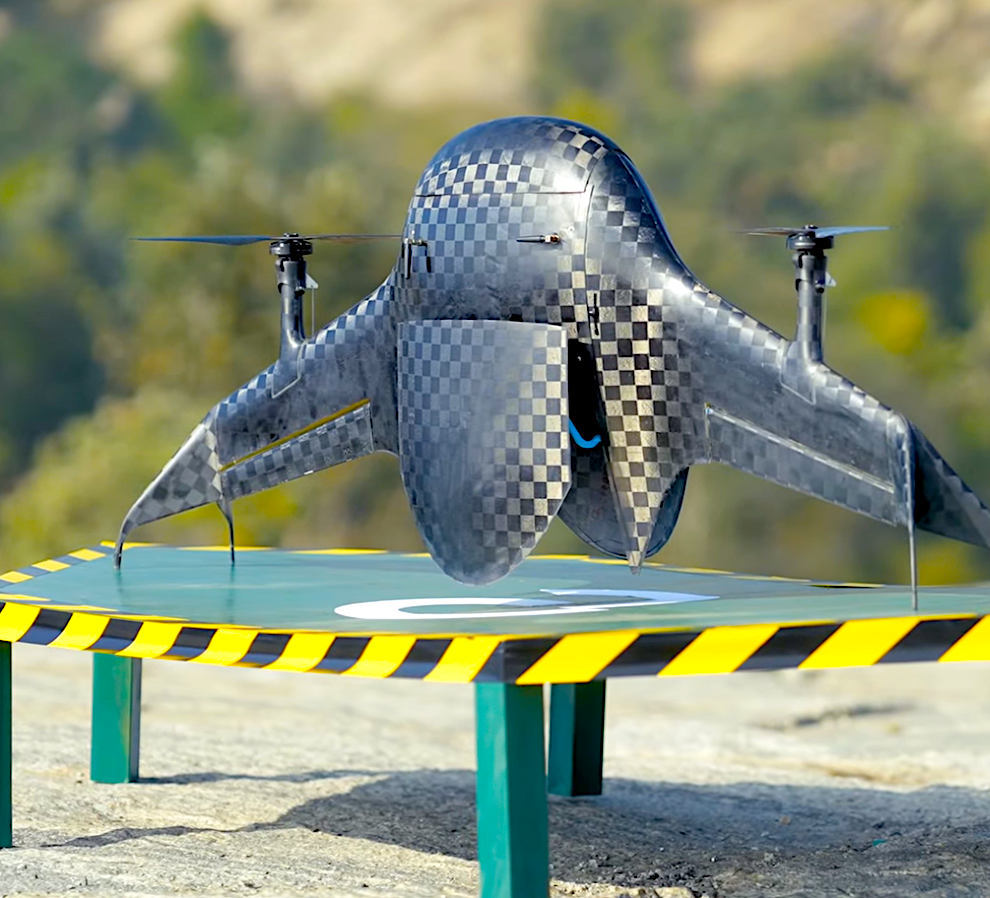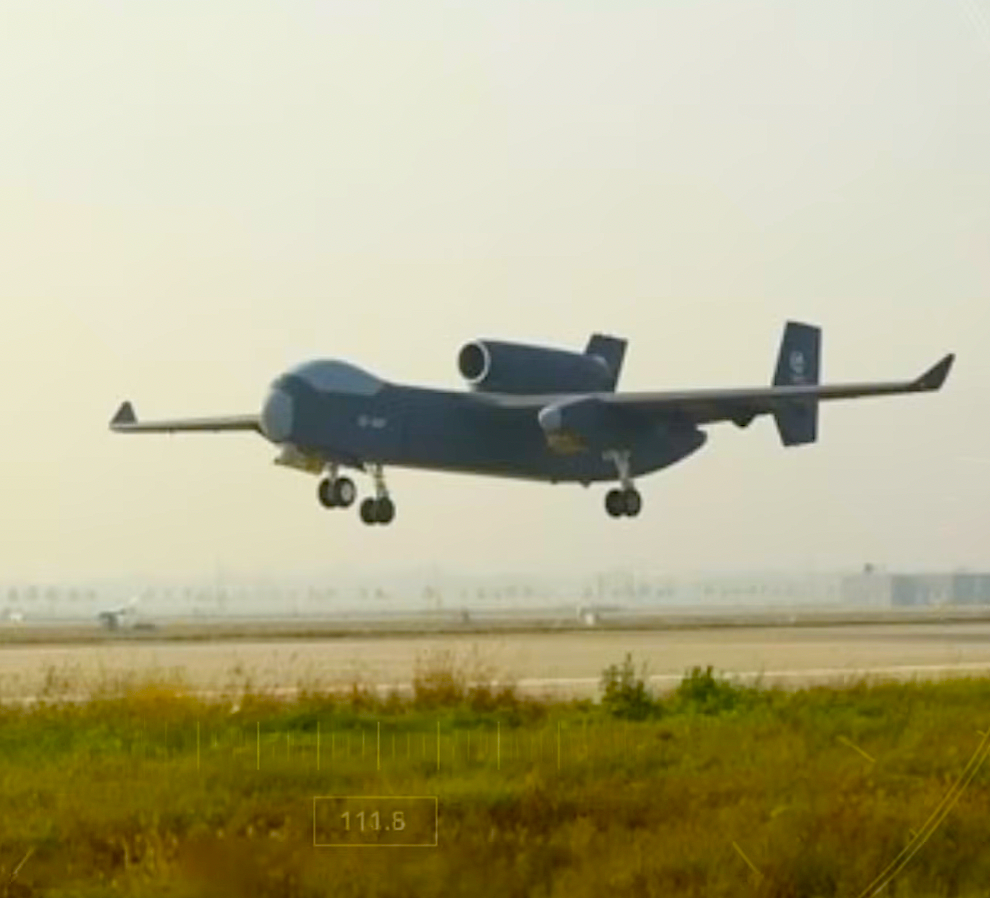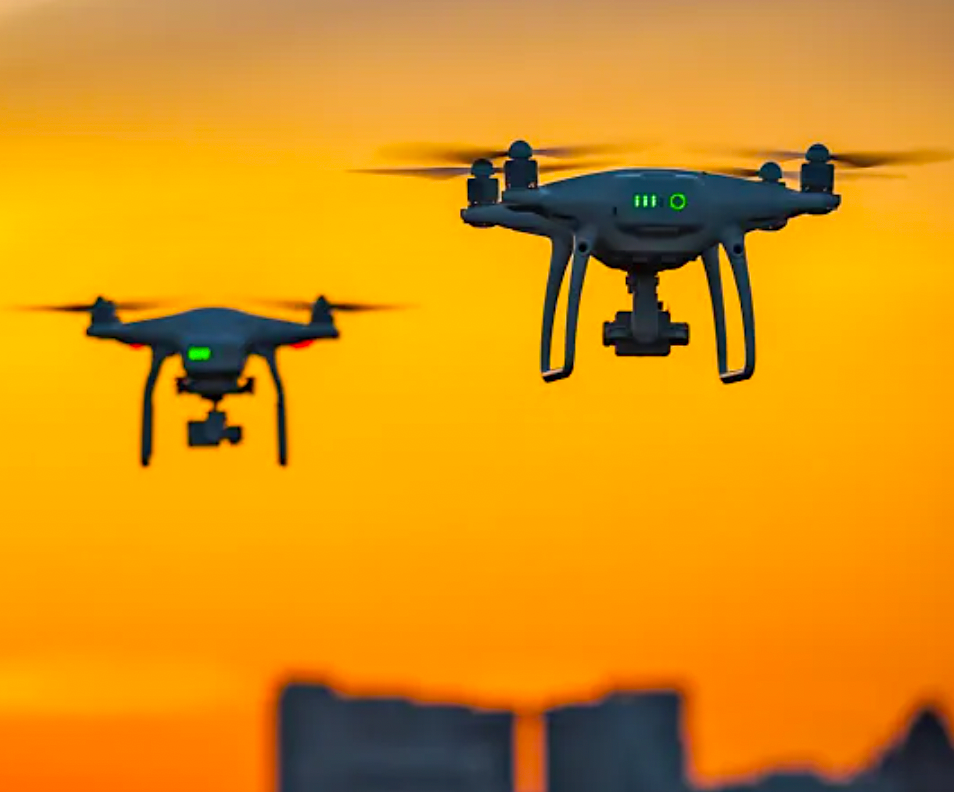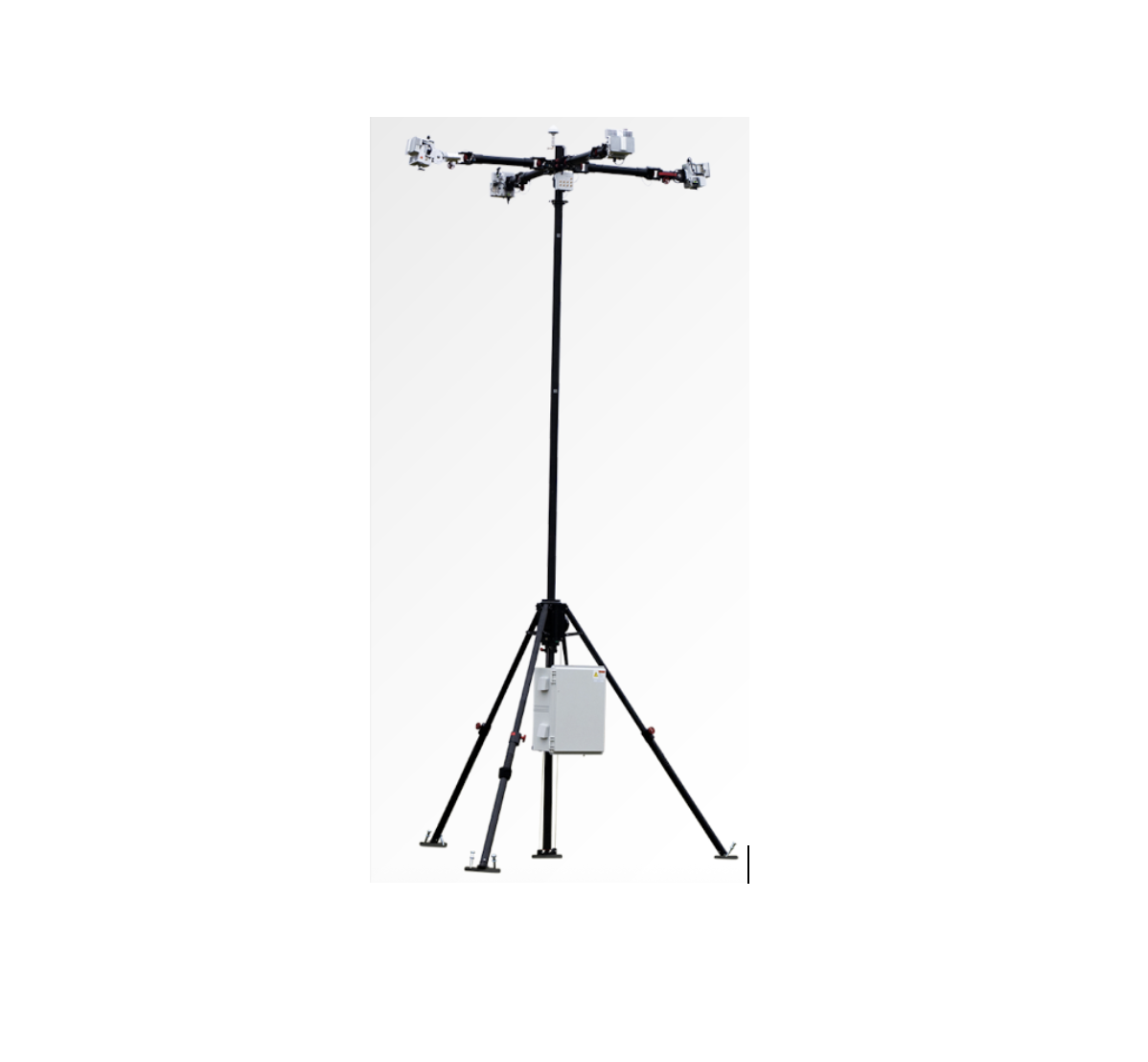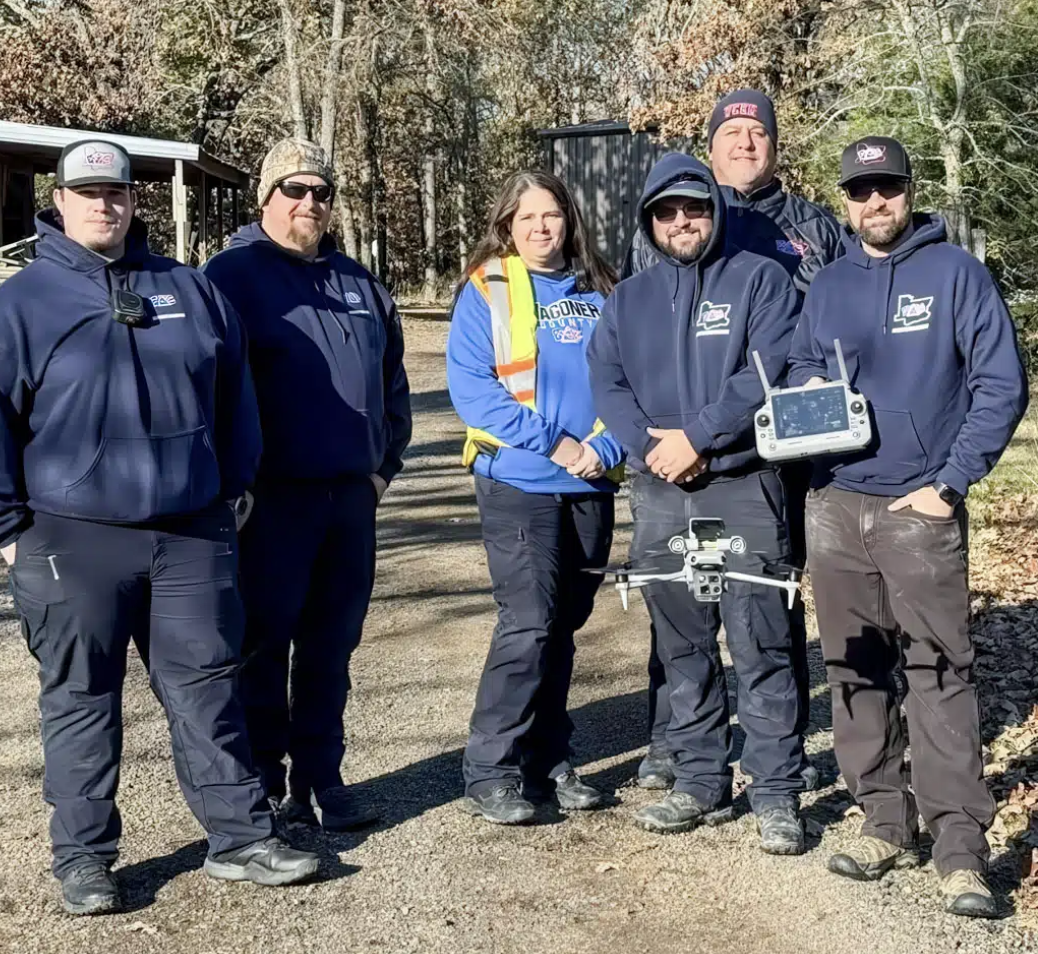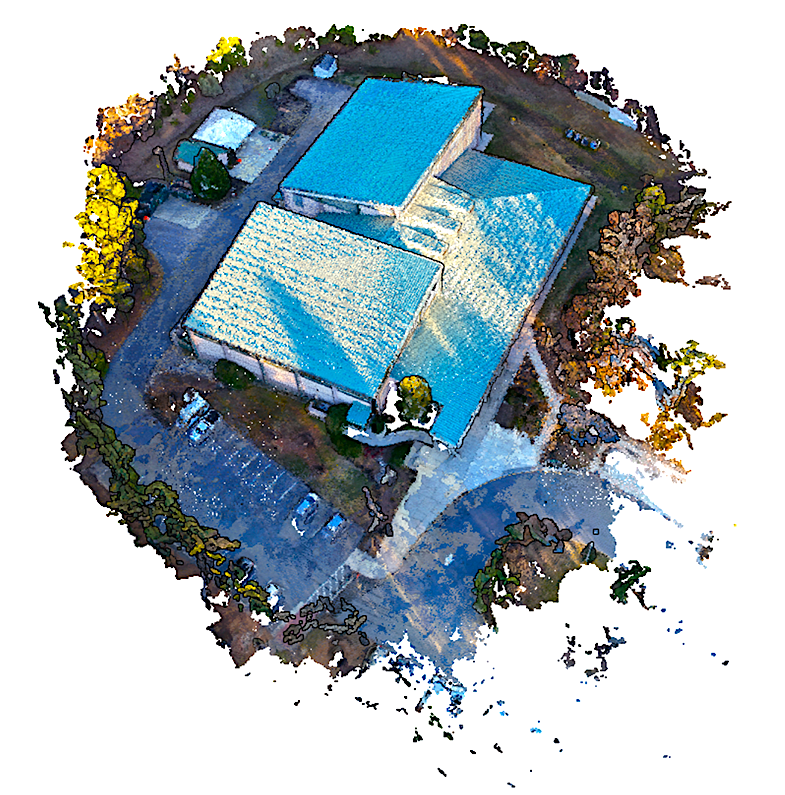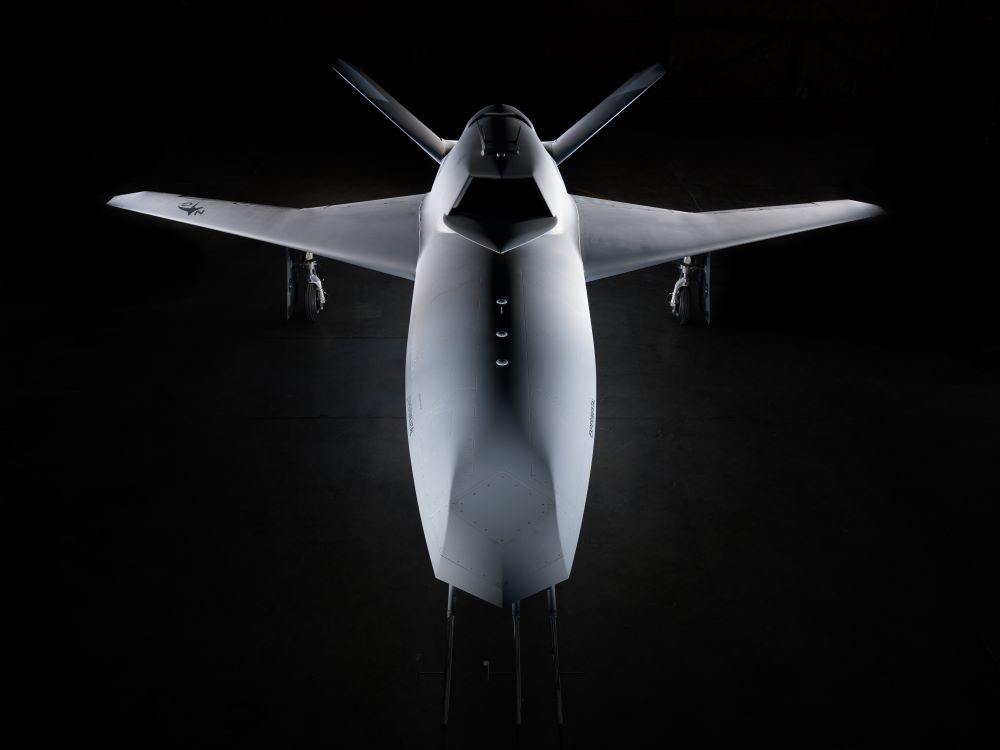Featured NewsDrone VideoMiscellaneousDrones Go to War with... Pigeons!

Drones seem to get new jobs all the time. Someone discovers an operation that a drone can do better, faster, cheaper, and/or safer than previous approaches and—bam!—drones to the rescue.
On that note, researchers in Switzerland have found yet another gig for drones: Deployment in the war against pigeons.
To be accurate, drones are already in the fight for controlling birds, but the operation requires an active human pilot being onhand to buzz into flocks and scare and scatter the winged beasties. It's not that easy a gig. In fact, there are multiple challenges to using drones for avian warfare.
A critical barrier is that flying drones autonomously is illegal just about everywhere—or, at best, a major administrative headache—so automating drone ops to seek out and deal with a pigeon problem is pretty much off the table. (During the Swiss research, a human supervisor was always on guard to take over piloting the drone if an autonomous drone system suffered a glitch.) But even without this legal/administrative limit, self-contained bird deterrence with a patrol drone using its camera to detect the birds and chase them away isn't feasible. Switzerland's researchers state that roofs can be vast and pigeons are small, and the drone camera will drain power in the service of pigeon detection. In addition, the drone will likely waste a huge amount of time not discovering birds and will require frequent charging.
The researchers at the Swiss Federal Institute of Technology Lausanne—or EPFL in French (École Polytechnique Fédérale de Lausanne)—submit that pigeon disruption requires an aerial, autonomous system that can identify the roof invaders and send out a drone to scatter the avian troops. The research system was comprised of a base station with a high-resolution pan-tilt-zoom camera that can survey as much roof as possible without having to move. When pigeons are spotted, the drone—in this case, a Parrot Anafi—gets dispatched to the spot, spending a minimal amount of time in the air. Note that there’s only a single (monocular) camera involved in this operation, but as pigeons are mostly the same size, it’s possible to make a fairly accurate estimation of distance based on apparent bird height.
Even so, testing on the roof of Lausanne's SwissTech Convention Center revealed a few glitches with the autonomous pigeon detection system. The main issue was that, within a pigeon flock, you get a whole bunch of pigeons that obstruct the view of other pigeons. Therefore, if your detector is trying to figure out whether a flock is worth going after based on the number of individual pigeon detections, you can run into some trouble.
But the overall results were very successful.
For example, the average time for a pigeon flock to hang out on a roof (and splatter the ediface with pigeon poop) is up to 2.5 hours. However, when the "pigeon defense drone" was airborne, the maximum bird-loitering time was cut down to a few minutes—including the time it took to do the detection and launch the drone.

The researchers also observed some interesting drone-on-bird behaviors during the experiments.
For example, the distance at which pigeons perceive the drone as a threat is highly variable. Large flocks were often scared simply by the drone taking off—which was at a distance of approximately 131 to 190 feet from the pigeons. Smaller groups of birds usually let the drone come as close as a few feet. In addition, the duration in which the drone stays in the target region is important. Some pigeons attempted to return almost immediately after being frightened away, but were repelled once again by the hovering drone.
Why care about pigeons in the first place and spend all of this time and research seeking ways to keep them off buildings and other structures?
Well, each year, feral pigeons are responsible for more than a billion dollars of economic losses in the United States. In addition to carrying diseases—some of which can infect humans—pigeons are prolific poopers. Their acidic droppings often collect in places that are exceptionally difficult to clean. The common practice of placing spikes on rooftops as a deterrent is like putting a bandaid on a rhinoceros, as there are typically enough surfaces—and pigeons—to render the activity virtually hopeless.
Another job for drones!
WATCH THE EPFL TEST!
